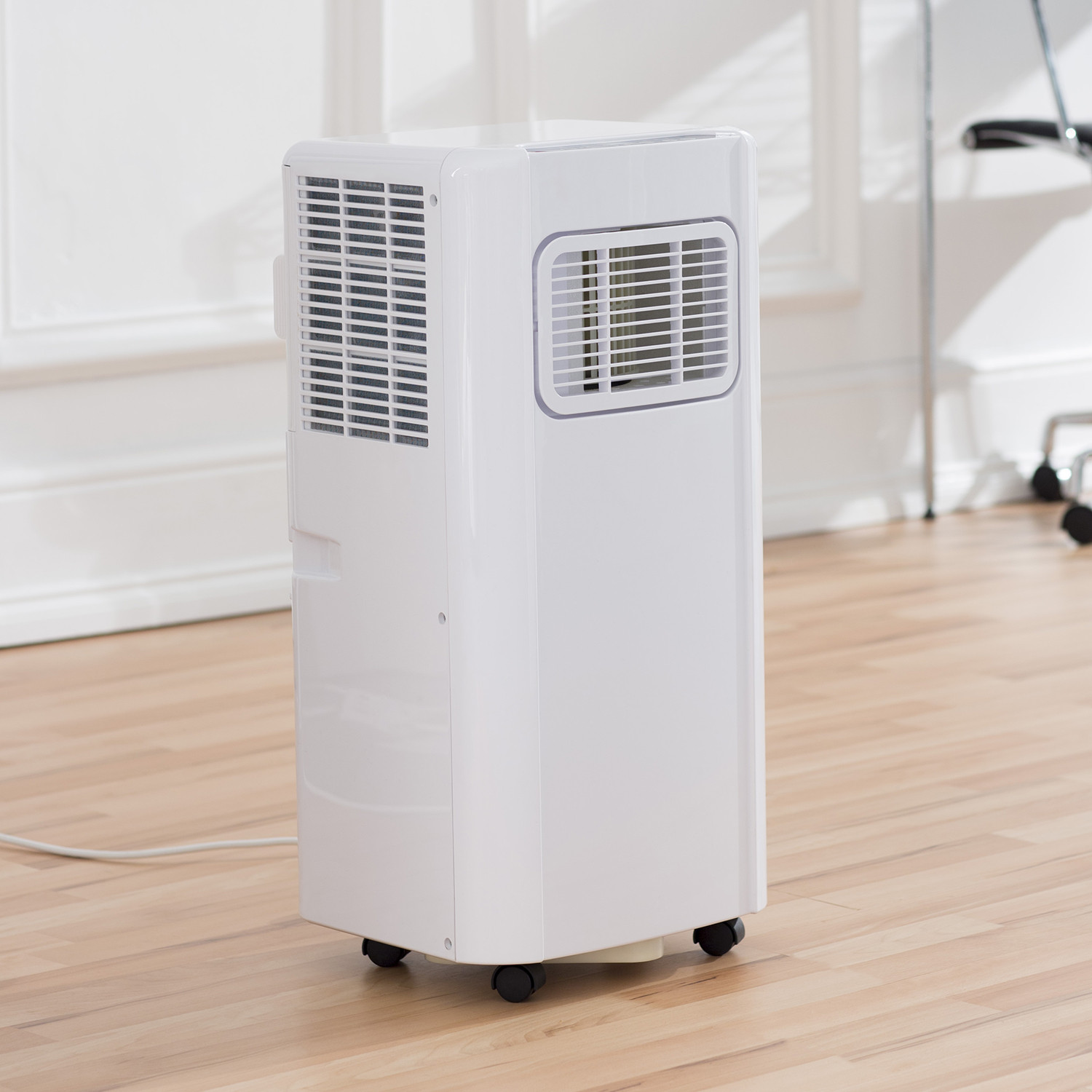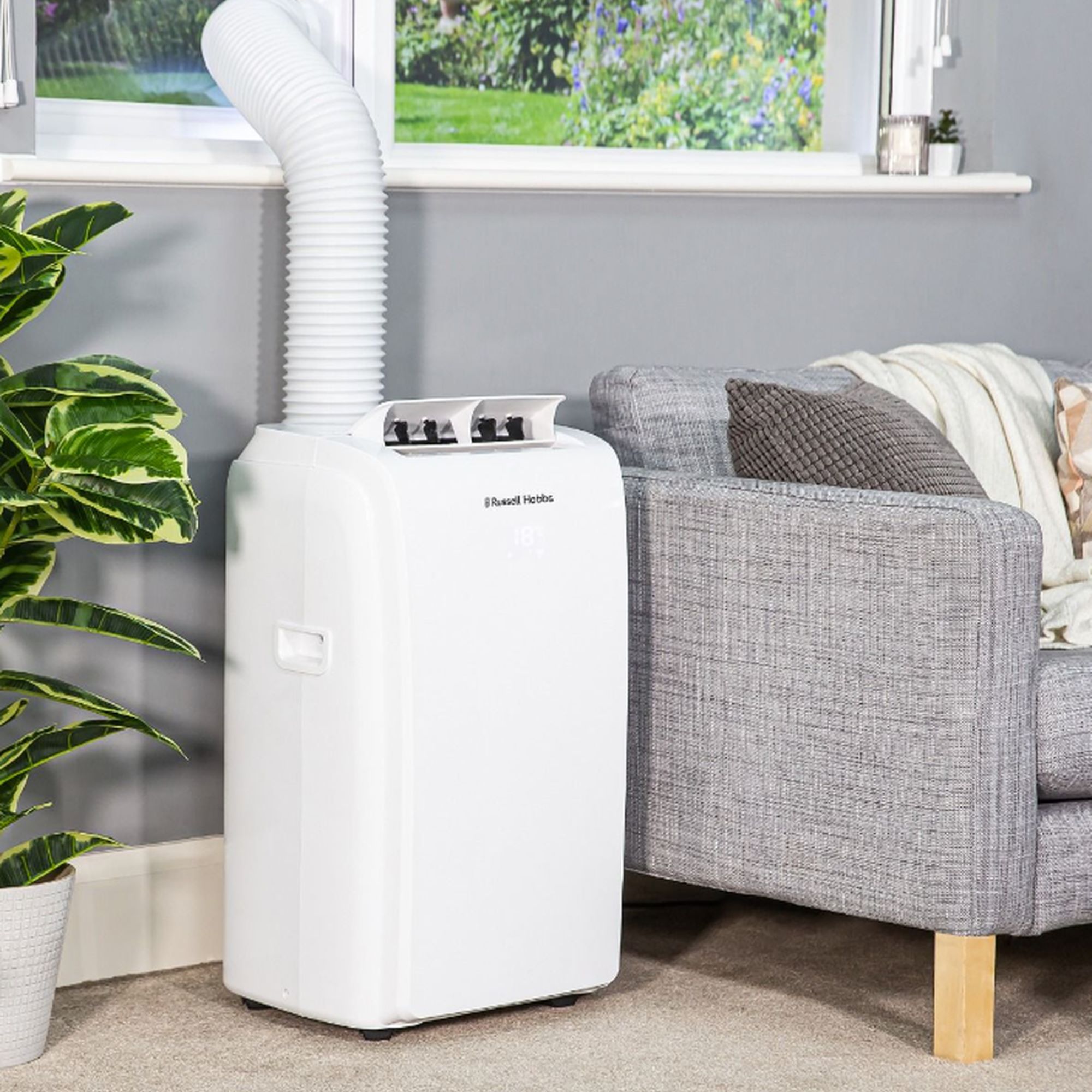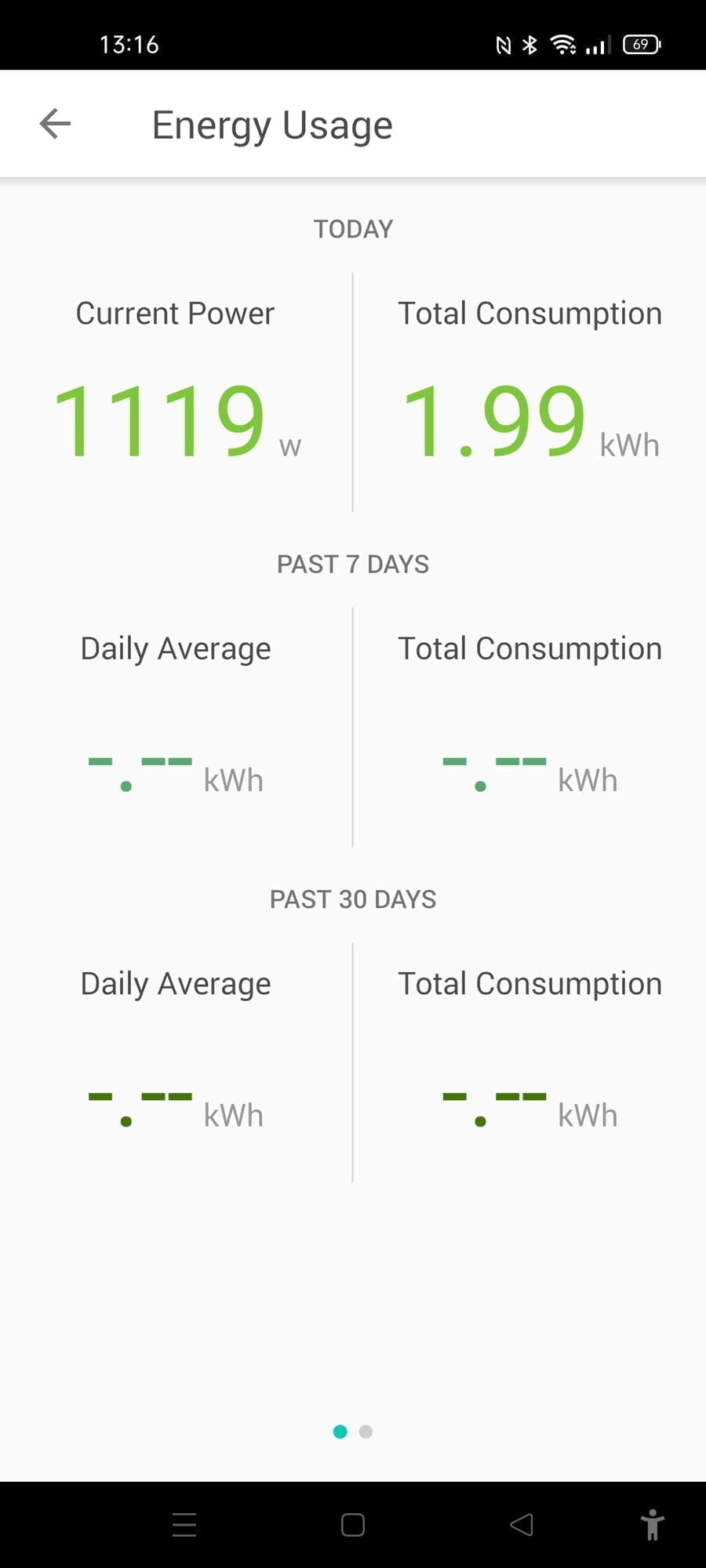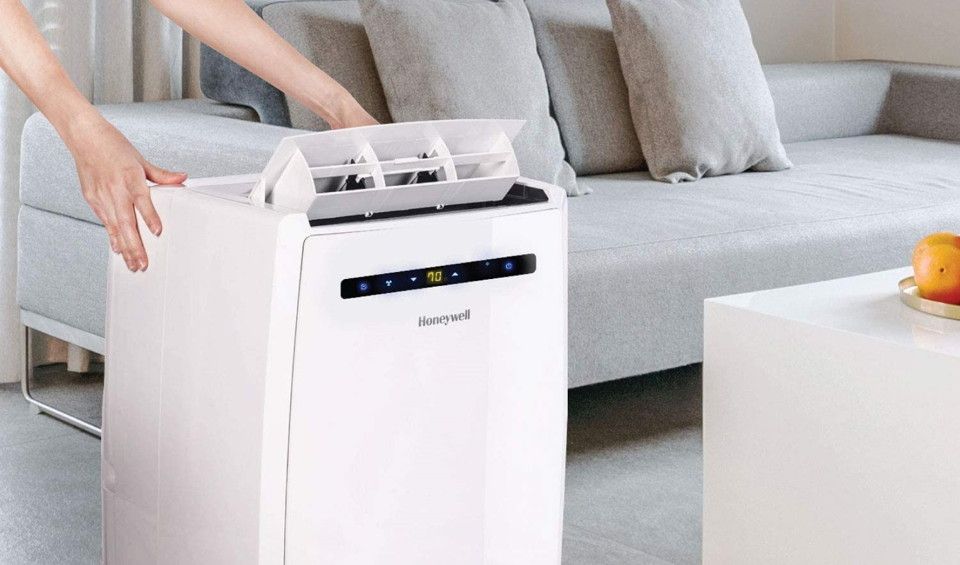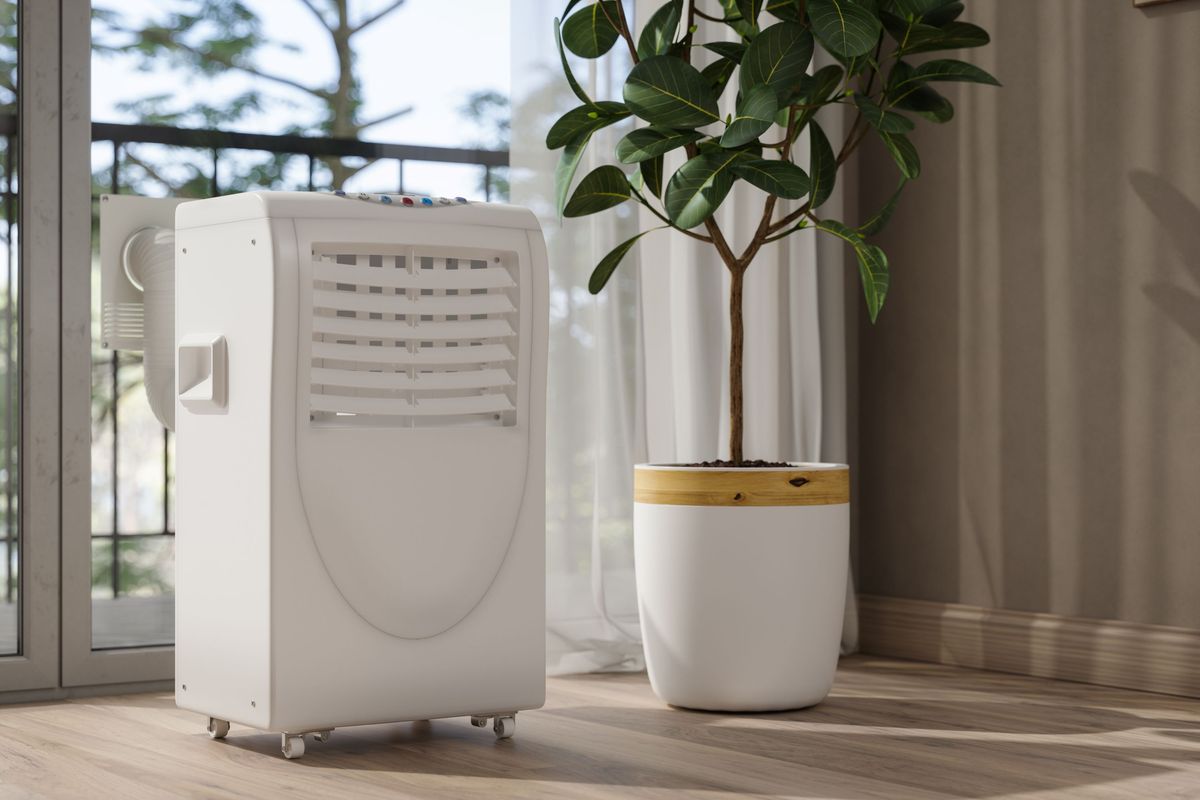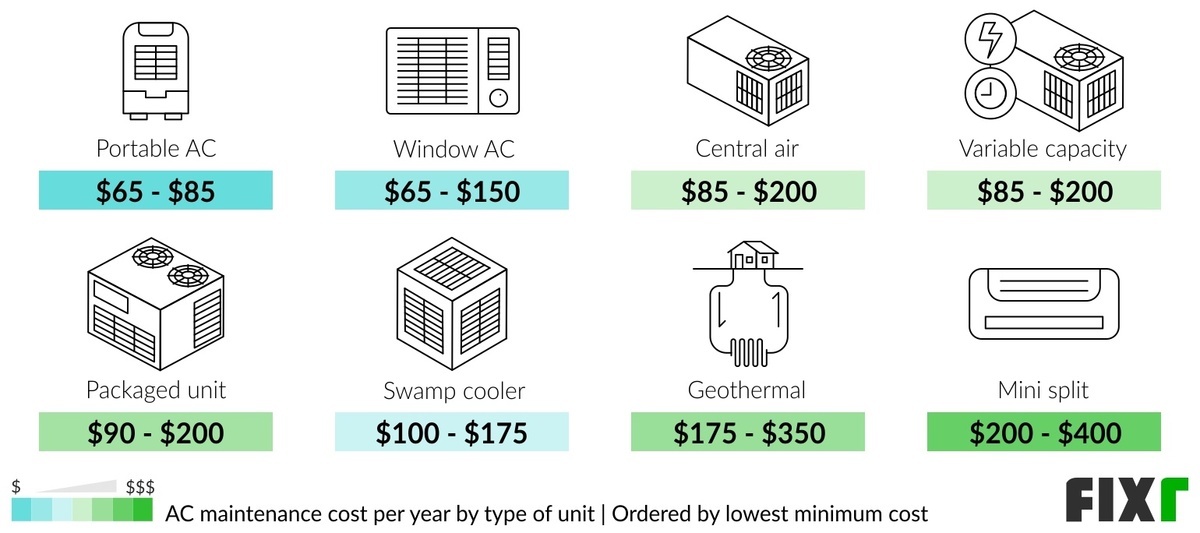How Much Does It Cost To Run A Portable Aircon
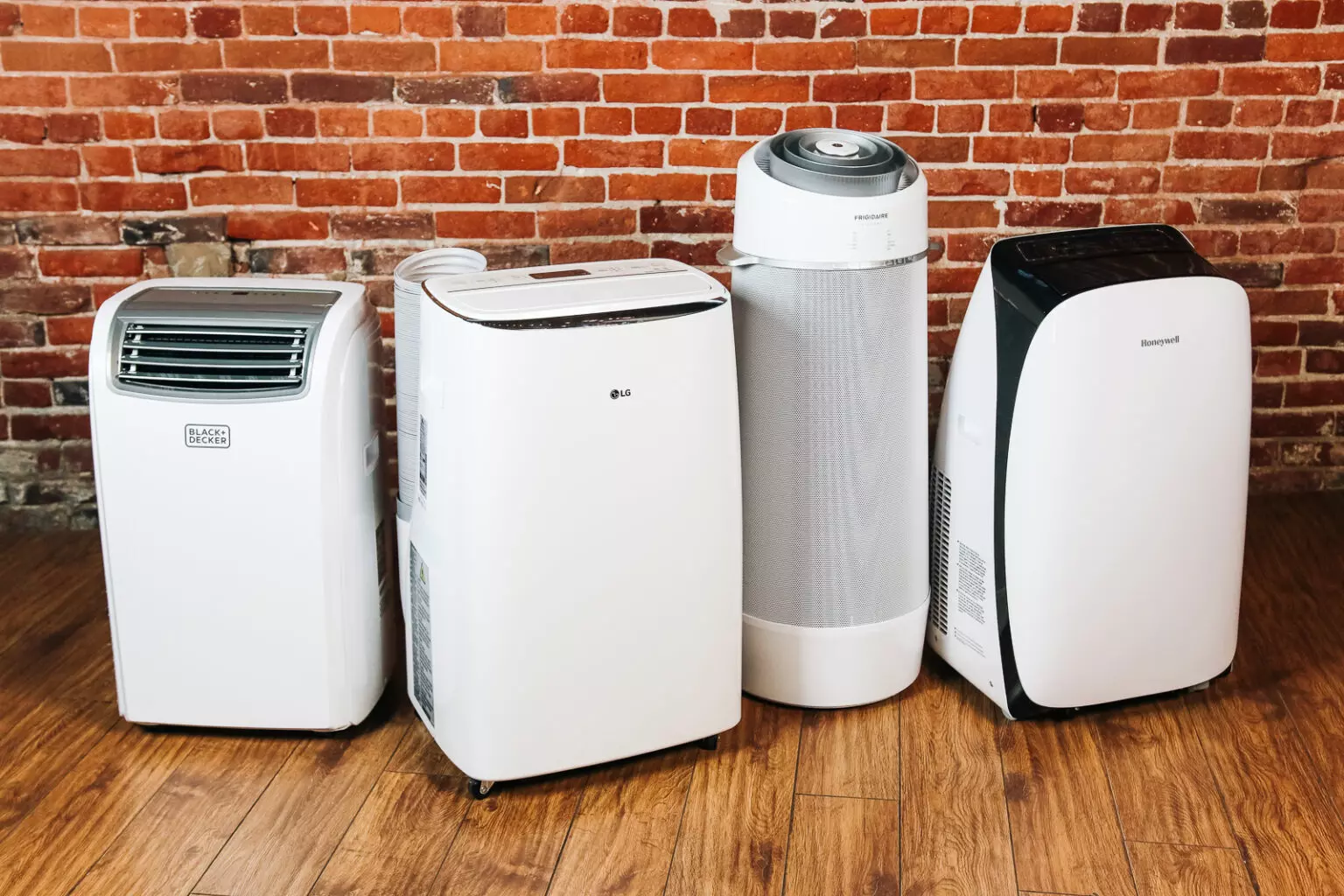
Summer heatwaves are here, and portable air conditioners are flying off shelves. But before you plug one in, are you prepared for the shocking electricity bill?
This article breaks down the true cost of running a portable AC, offering a clear picture of your potential energy expenses. Arm yourself with the knowledge to stay cool without breaking the bank.
Understanding Portable AC Power Consumption
The cost to run a portable AC hinges primarily on its BTU (British Thermal Units) rating and your local electricity rate. Higher BTU units cool larger spaces but guzzle more power. Electricity rates vary wildly depending on your location and provider.
To calculate your hourly cost, find the AC's wattage (often listed on the unit). Convert watts to kilowatts (kW) by dividing by 1000. Multiply the kW by your electricity rate (dollars per kilowatt-hour or kWh).
For example, a 1000-watt (1 kW) AC running at a rate of $0.20/kWh will cost $0.20 per hour. This seems simple, but it’s just the beginning.
Typical Portable AC Wattage and Energy Consumption
Portable ACs generally range from 5,000 to 15,000 BTU. A 8,000 BTU unit typically consumes around 700-900 watts. A 12,000 BTU unit can draw between 1,000 and 1,400 watts.
According to Energy Star, a typical portable AC uses between 300 and 600 kWh per year. This assumes moderate usage, not constant operation.
The U.S. Energy Information Administration (EIA) reports the average U.S. residential electricity rate was 16 cents per kilowatt-hour in April 2024. This number varies drastically by state.
Calculating the Daily and Monthly Cost
Assuming an average wattage of 1000 and a rate of $0.16/kWh, running your AC for 8 hours daily will cost $1.28 per day. This translates to roughly $38.40 per month.
However, running a 1400-watt AC at $0.25/kWh for 12 hours per day costs $4.20 daily and about $126 monthly. The variables drastically impact your spending.
Consider that the unit cycles on and off to maintain temperature, reducing actual energy use. These estimations provide a good baseline.
Factors Influencing Your Portable AC Bill
Beyond wattage and electricity rates, several factors affect your energy consumption. Room size and insulation play a crucial role. A poorly insulated room requires more cooling.
Ambient temperature and humidity significantly influence the AC's workload. Direct sunlight heats a room faster, forcing the AC to work harder.
Also, old or poorly maintained AC units are less efficient. Regular filter cleaning ensures optimal performance and saves energy.
Hidden Costs of Portable Air Conditioners
The purchase price of the unit itself is a major upfront cost. Portable ACs range from a few hundred to over a thousand dollars.
Consider the cost of installation accessories like window kits. Poorly installed kits leak air, negating the AC's cooling effect.
Some portable ACs require emptying a water tank, adding a minor inconvenience. Self-evaporating models are more efficient but often cost more.
Tips to Minimize Portable AC Energy Consumption
Set your thermostat strategically. Every degree lower increases energy consumption. Aim for a comfortable but not excessively cold temperature.
Use fans in conjunction with your AC. Fans circulate cool air, allowing you to raise the thermostat and save energy.
Seal windows and doors to prevent air leaks. Weather stripping and caulking are inexpensive solutions for improving insulation.
Run the AC only when needed. Use timers or smart plugs to schedule operation and avoid unnecessary cooling. Energy Star certified units have better energy efficiency.
Long-Term Considerations and Alternatives
Consider a window AC unit if you're cooling a single room. Window units are generally more efficient than portable models for comparable BTU ratings.
If you plan on using AC for an extended period or want a whole-house solution, consider a central air conditioning system. Though more expensive upfront, they are significantly more efficient for large spaces.
Evaluate the long-term costs of operating a portable AC versus other cooling options. The lower purchase price of a portable AC might be offset by higher running costs.
Moving Forward: Stay Informed and Proactive
Monitor your electricity bill closely to track your energy consumption. Compare your usage month-to-month to identify trends.
Contact your electricity provider for information on energy-saving programs. Many providers offer rebates for energy-efficient appliances or home energy audits.
The true cost of running a portable AC requires diligent monitoring and informed decision-making. Stay informed and be proactive about your energy consumption to beat the heat without blowing your budget.


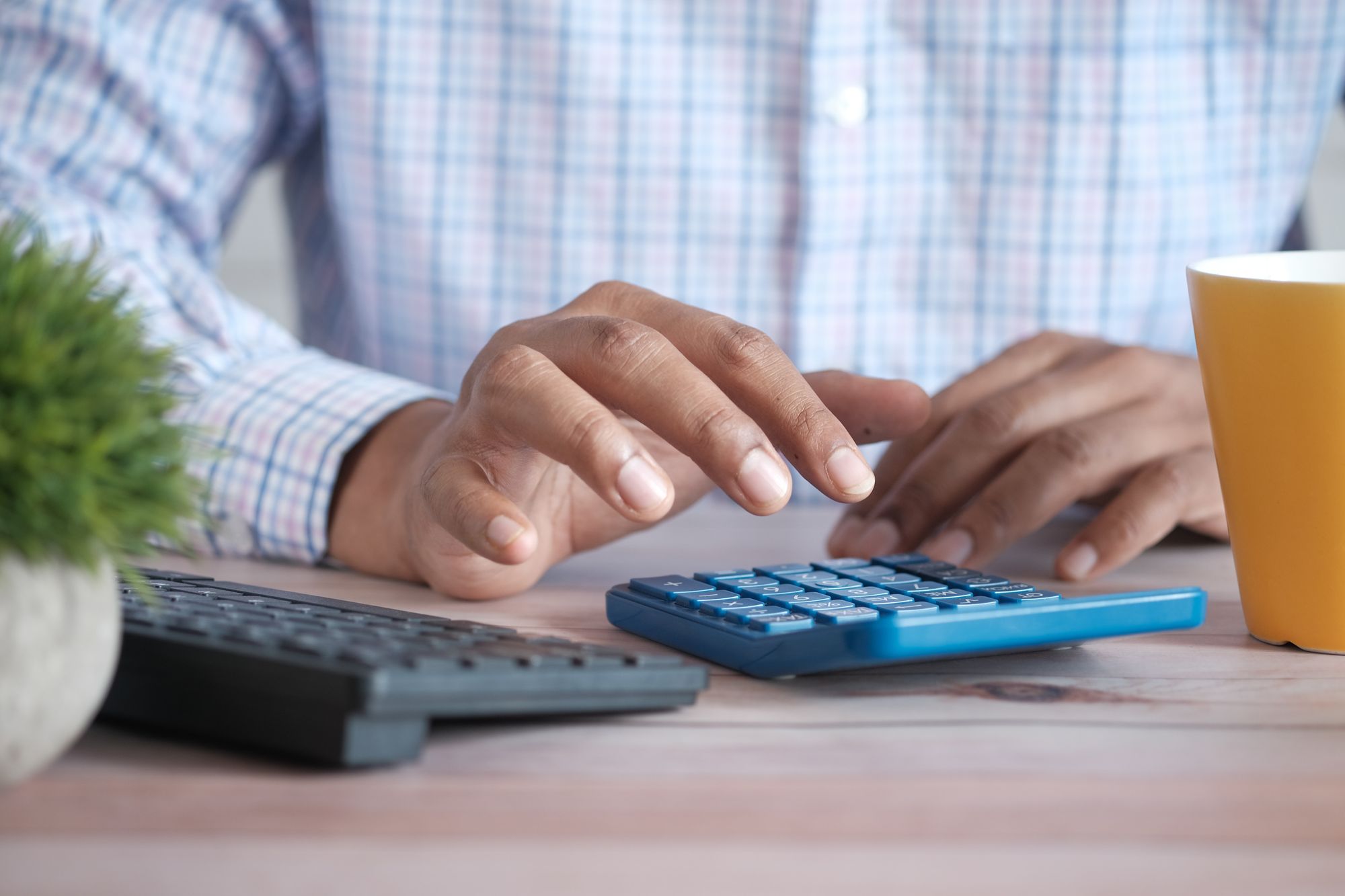
![How Much Does It Cost To Run A Portable Aircon Cost to run portable ACs in 2024 [Cheapest to run + Calc.]](https://ecocostsavings.com/wp-content/uploads/2022/04/cost-to-run-a-portable-air-conditioner.jpg)
